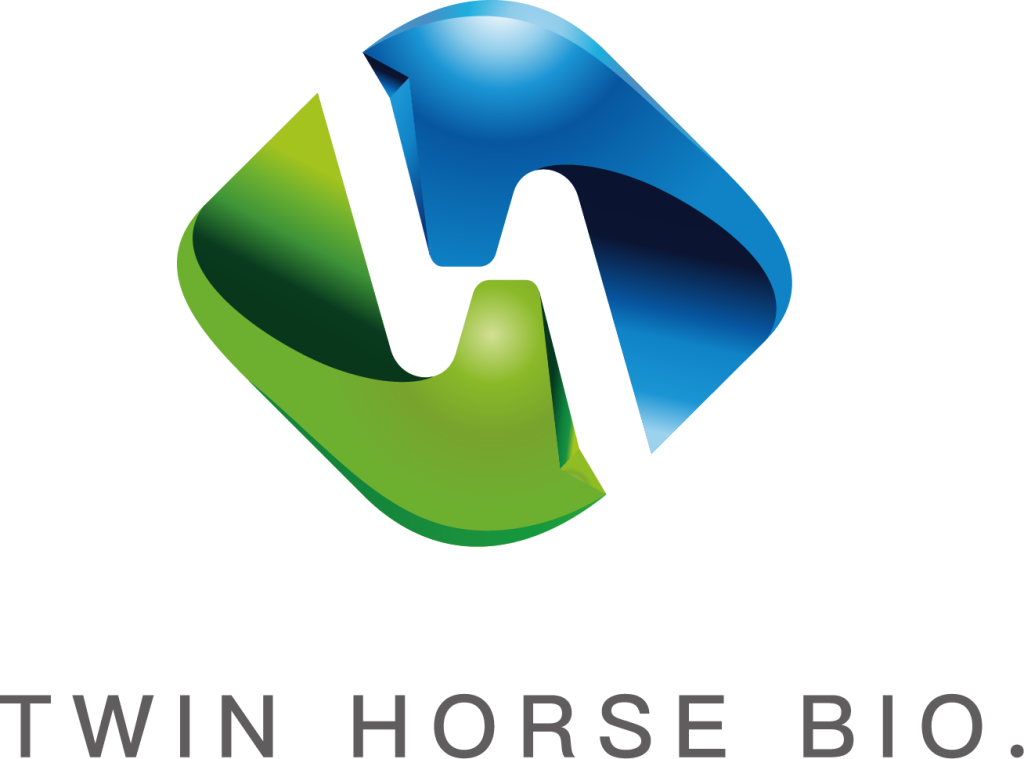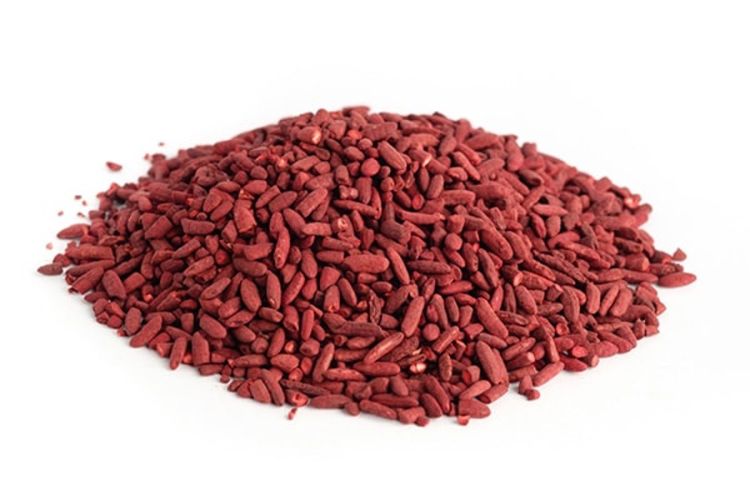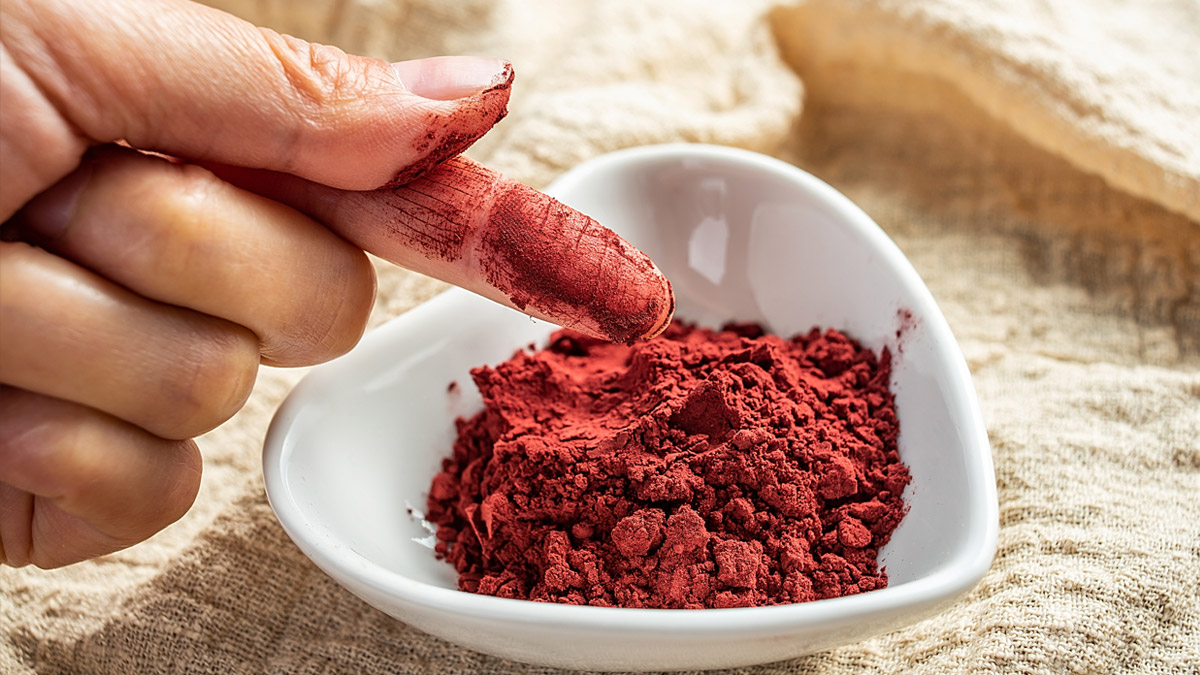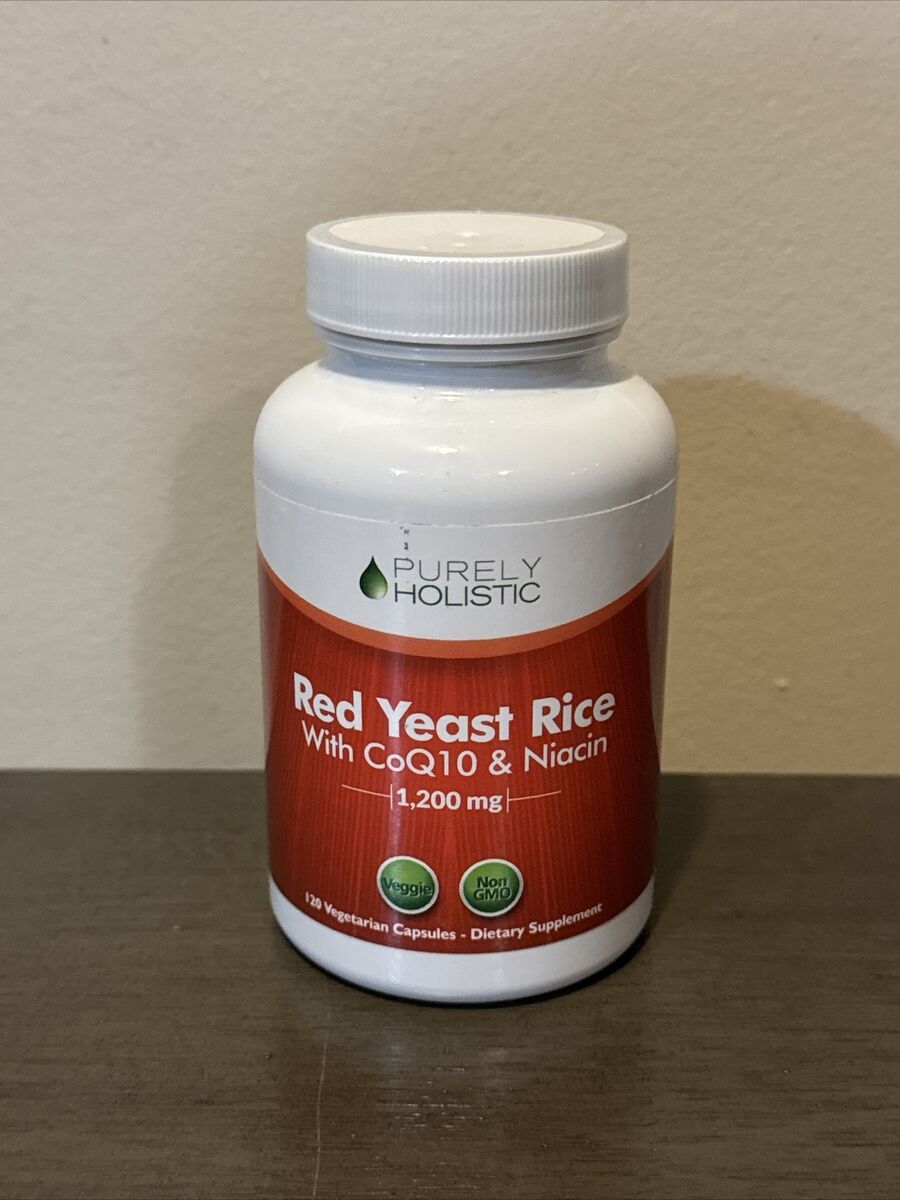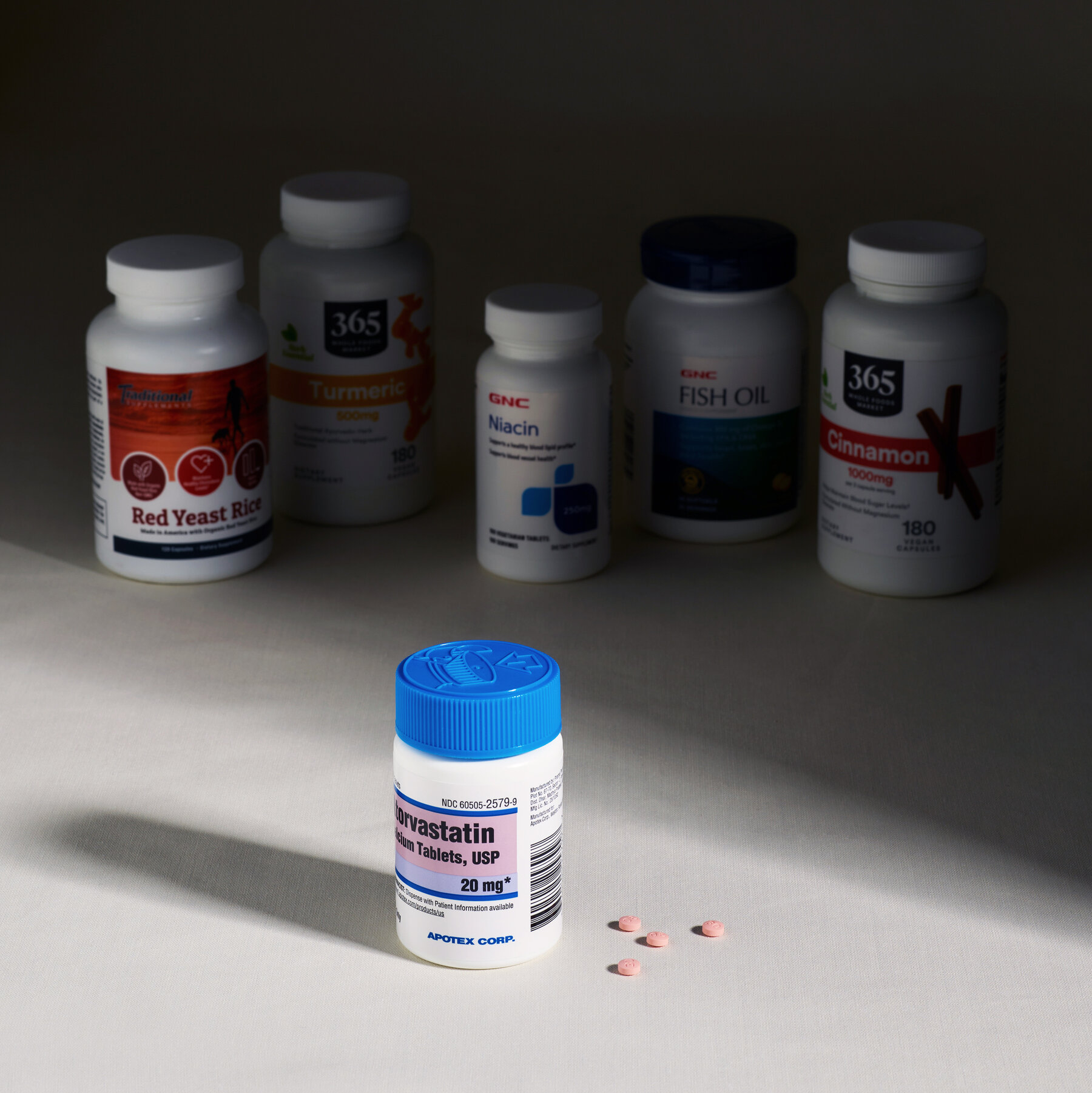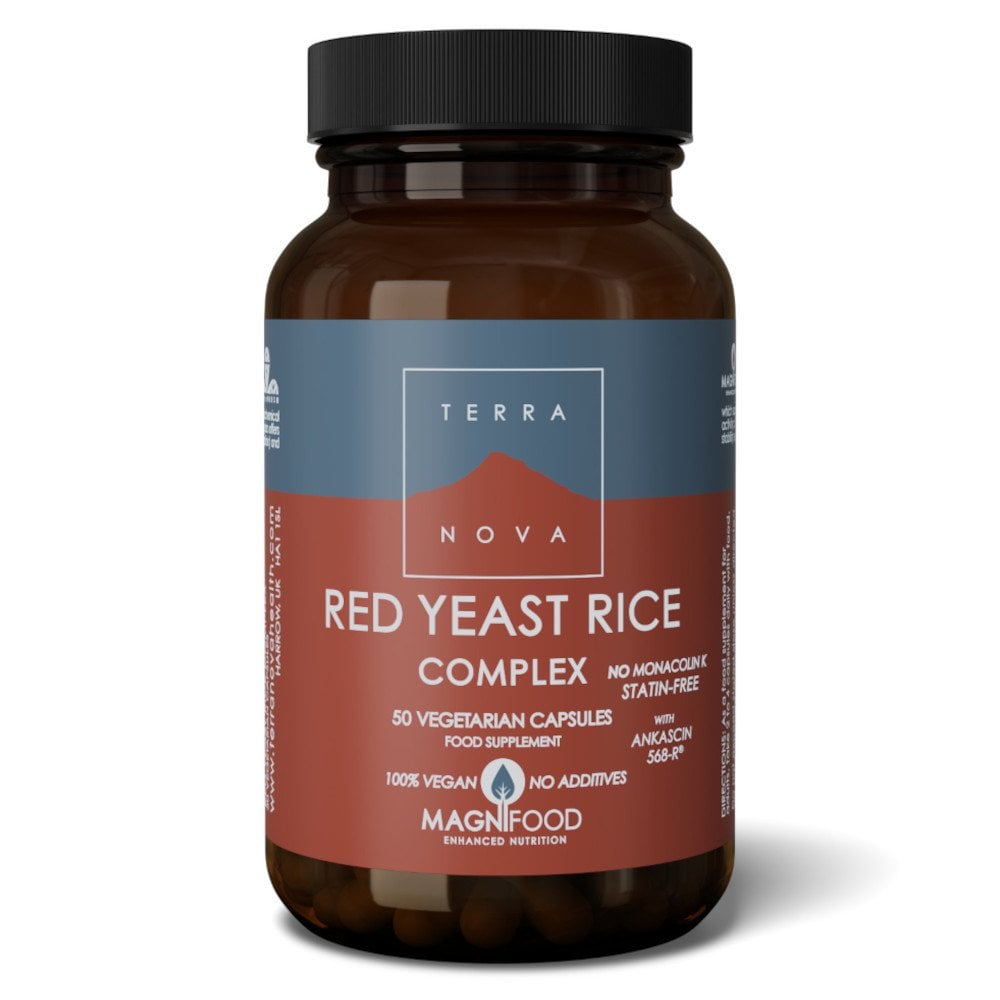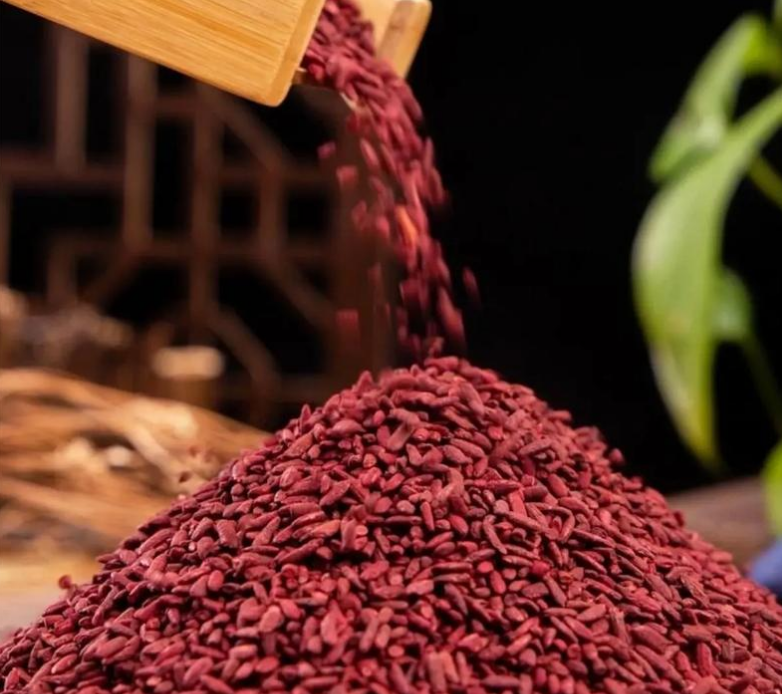Not all red yeast rice contains citrinin. High-quality brands use low-citrinin yeast strains and advanced purification methods. Regulatory limits, like 2 µg/kg in the EU, ensure safety. Look for “citrinin-free” labels and third-party testing. Opt for GMP-certified products to minimize contamination risks.
Natural Production Variability
A 2020 market study, which analyzed 50 RYR supplements from North America and Asia, showed that 40% of the products contained detectable citrinin, in a range from 1 microgram to 18,000 micrograms per kilogram. The study noted that products containing citrinin above the European Union’s safety threshold of 2 micrograms per kilogram were often linked to manufacturers with limited oversight or using older production technologies.
Laboratory tests have shown that fermentation at 28°C yields an average of 8.4 micrograms per kilogram of citrinin, while at 32°C, this concentration increases by more than 200 percent to 25.2 micrograms per kilogram. The more expensive manufacturers employ automated systems that maintain temperatures within a ±1°C variation, reducing the possibility of toxin production.
While this was achieved under identical conditions, there are indeed newer varieties that can produce 15% less citrinin, such as Monascus purpureus RY-11, compared to older varieties like RY-07. Companies investing in the genetic optimization of yeast strains have reported a 30% to 50% reduction in citrinin contamination. In 2019, one of the leading Japanese supplement companies became the first to introduce a strain-specific production model capable of bringing down citrinin levels below 0.2 micrograms per kilogram, as verified by HPLC testing.
In 2022, the worldwide review of RYR products found 35% of the imports coming in from Asia surpassed the limits with regard to safety from citrinin, as opposed to a mere 12% from the European Union. Most European companies often invest in third-party certification programs ranging from $5,000 to $20,000 annually in efforts to ensure their product remains compliant and free from citrinin.
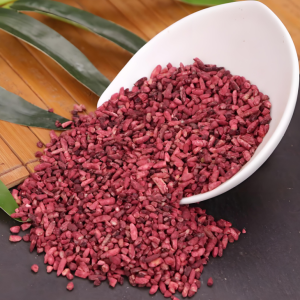
Strain Selection Matters
While some strains of Monascus purpureus can produce up to 500 micrograms of citrinin per kilogram, optimized strains like RY-LowC can reduce the production of citrinin by as much as 90%, keeping it below 5 micrograms per kilogram.
While in traditional use, genetically screened strains were able to reduce the amount of citrinin to undetectable levels in 80% of samples tested, in traditional strains it showed up in 95% of batches. Manufacturers investing in advanced strain engineering often see production efficiency improve by 30%,.
For instance, RY-Enhanced types showed consistent performances, giving citrinin levels always below 1 microgram per kilogram when fermented within the range of 25-30°C. On the other hand, in conventional strains, more than 15 micrograms per kilogram citrinin spikes have been recorded under the same conditions.
Red yeast rice supplements from patented low-citrinin strains have normally commanded a 20% premium. The three-year run rate of one of Europe’s larger RYR manufacturers using low-citrinin strains realized an average annual growth rate of 15% through excellent demand for safe and more reliable supplements.
Manufacturing Standards
GMP-certified facilities have reported a reduction in citrinin contamination rates by as high as 95%, with average levels remaining below 0.2 micrograms per kilogram, while in facilities not certified under GMP, contamination often exceeds 10 micrograms per kilogram.
Advanced manufacturing processes use automated systems to hold the fermentation temperature between 25°C and 27°C, eliminating or at least reducing the chance of citrinin formation. Citrinin levels are increased more than 300% when fermentation temperatures rise above 30°C. Humidity levels below 65% during storage prevent mold growth that could be responsible for secondary citrinin contamination.
Ultra filtration Manufacturers using ultrafiltration cite up to 40% to 60% of residual citrinin removed post-fermentation. One major manufacturer using such systems has realised less than 2 micrograms per kilogram compliance in 100% of its products meeting European Union standards.
HPLC is the accepted industry standard for citrinin detection, and it is accurate to ±0.1 micrograms per kilogram. All reputable manufacturers test every batch-estimated at $200 to $500 dollars per batch. In a 2022 study of GMP-certified products, 93% of products were within the acceptable range of citrinin content, versus only 45% of non-certified products.
Organic and Clean Label Options
Certified organic red yeast rice (RYR) products are often less than 0.5 micrograms per kilogram, while the same product purchased from a non-organic variant might exceed 10 micrograms per kilogram in poorly regulated markets.
Brands selling clean-label RYR supplements tend to advertise third-party certifications, including NSF or USP. A market analysis conducted in 2021 found that 75% of clean-label RYR products had a citrinin-free certification, while conventional products were at only 30%. Many of these are the result of deep testing which may cost manufacturers between $3,000 to $10,000 annually.
Controlled fermentation between 25° and 27°C and the use of low-citrinin yeast strains reduce contamination risk by 50 to 80% compared to customary practices. The same European company reported that the improved methods increased costs by 15%, although their sales revenue increased by 20% per year.
Products are frequently packed in biodegradable, though adding $0.75 to $1.50 per unit, extend shelf life by 25% while keeping the product free from contaminants.
Testing and Certification
HPLC is considered the current gold standard, with an accuracy as high as ±0.1 micrograms per kilogram, for the detection of citrinin in the industry. Certified products are comprehensively tested in batches, with certain manufacturers testing 100% of their batches to ensure that the levels of citrinin are within globally accepted safety limits, such as the European Union limit of 2 micrograms per kilogram.
One analysis in 2021 showed that 95% of NSF-certified RYR supplements passed citrinin safety thresholds, whereas only 65% of non-certified supplements did. These certifications generally include detailed audits of the manufacturing process, costing manufacturers between $5,000 and $20,000 annually.
Advanced techniques using MS are also gaining popularity owing to the ability to detect citrinin at even lower thresholds (down to 0.01 micrograms per kilogram) and cost in the range of $300-$500 per test for higher accuracy and compliance with strict international regulations.
A 2022 survey of RYR supplement buyers found that 72% of respondents actively seek out third-party certification logos on packaging. Products with verified certifications command a 10% to 25% price premium, yet they also capture a larger market share.
